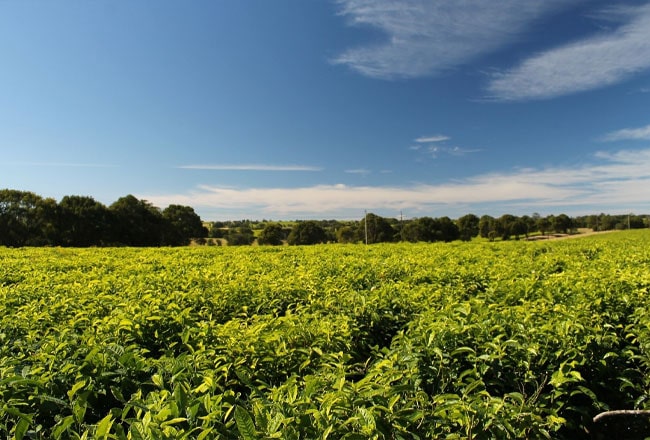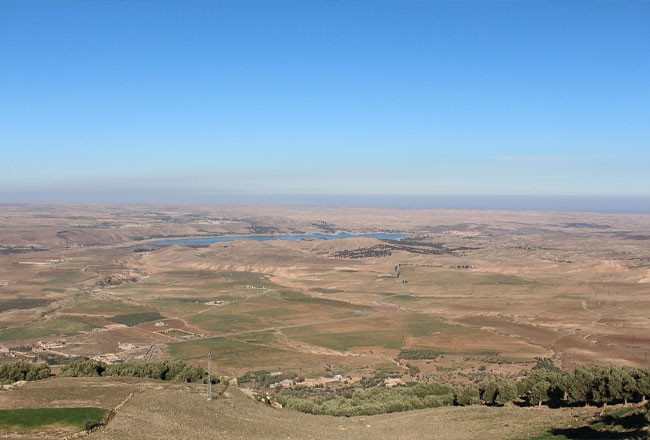Chinese land acquired in Africa
Africa derives its main sustenance from its agricultural fields. A vast portion of the African population and poor class depends on agriculture. Hence, this sector has a promising future with better gains. Also, it serves as the fuel to industrialization with the growing needs for agro-processing and agro-business. However, a large amount of uncultivated land in this country tends to be the center of attraction for many foreign investors. China is one of them.
Why China shows immense interest in African lands?
Well, China has always been a significant creditor and trading partner of Africa. Even this continent constitutes lesser than 5% of the annual global trade of Beijing. But presently, due to the dynamically changing food habits, food security issues, growing dietary demands, and enhanced biofuel and mineral production, China tends to have a keener eye on Africa’s arable land. Besides, China comprises only 9% of the world’s farmable land. In contrast, Africa possesses 60% of the global cultivable land. However, it lacks proper technologies to make complete usage of its arable land. Thus, Africa fails to strengthen its agricultural sector on its own. This is where China gets a scope to show more interest in African lands. Now, China is globally famous for its technological advancements. Hence, to accomplish increased agricultural growth, the African government agrees to use China’s advanced technologies. So, Africa sells out its productive lands at a very affordable price to China. Thus, all these reasons make China the largest purchaser of arable lands in Africa.

How much Chinese land is acquired in Africa?
Based on the enticing profit prospects in Africa, China has already made numerous land grabs in the country. Many reports say that land deals in Africa have spiked significantly. However, there are some land acquisition rumors spread by the local news authorities of Africa. According to some rumored media reports, there were at least 57 cases of alleged Chinese land acquisitions in Africa. The claimed land acquisition summed up to at least 6 million hectares.
Nevertheless, the truth is far different. As per CARI, the real Chinese land acquisition is only around 252,901 hectares, which is 4% of the actual reported amount. Among these, Cameroon itself holds 41% of the total acquired Chinese lands in Africa. It is primarily used for rubber plantation expansion.
Reports also suggest many long-term Chinese investments in the arable lands of Africa. One investor established palm oil plantations on 3 million hectares of farmland in Congo. Another Chinese farm made a lease of 2 million hectares in Zambia for biofuel production. Also, an unknown Chinese company secured 10000 hectares of African land for rice cultivation.
Additionally, a few more land acquisition agreements have also been signed between Africa and China for agricultural establishments in Zimbabwe, Tanzania, Zambia, and Uganda. Also, about 1 million new Chinese farmers are supposed to turn up in Africa to begin the projects.

Conclusion
Thus, Chinese land acquisition in Africa is not a myth. But for a developing continent like Africa, it is necessary to get backed up by ultra-developed nations. However, among all, Chinese partnerships help them in the utmost growth of their infrastructure and agricultural sector, which is worth the mention.


